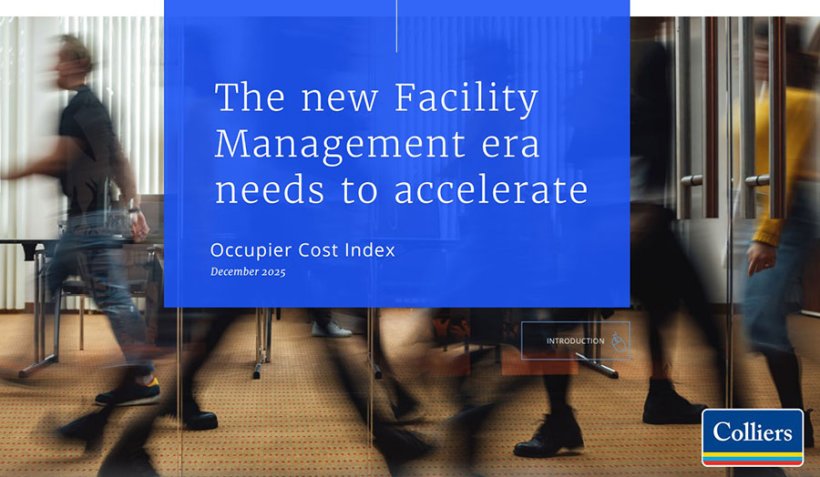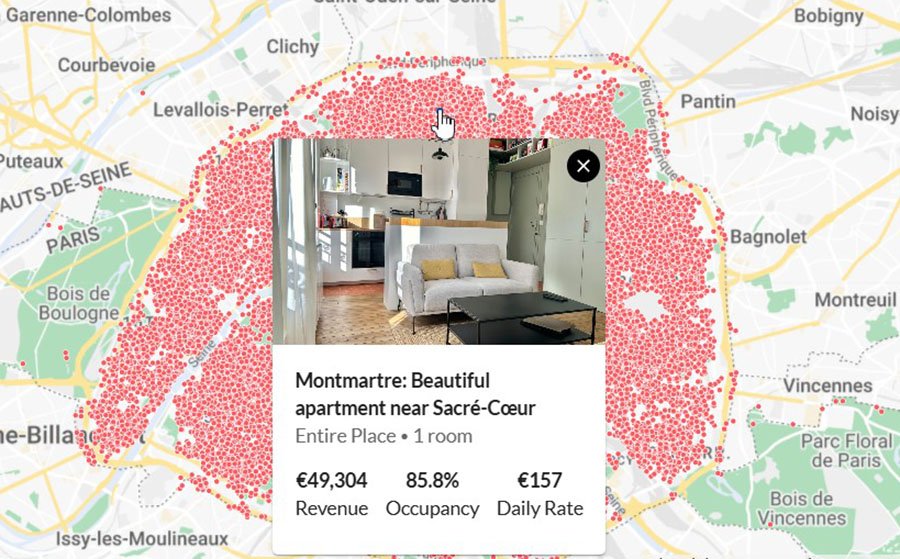читайте также
 The structure of workplace costs in Europe has shifted: Colliers
The structure of workplace costs in Europe has shifted: Colliers
 How Terrorism Is Reshaping Middle East Tourism in 2025: Risk, Resilience and Shifting Demand
How Terrorism Is Reshaping Middle East Tourism in 2025: Risk, Resilience and Shifting Demand
 Rental Market in Paris: Rate Dynamics, Occupancy, and Yields
Rental Market in Paris: Rate Dynamics, Occupancy, and Yields
 DHS Travel Ban Shock: How a Proposed Expansion to 32 Countries Could Disrupt Airlines, Tourism and U.S. Hospitality
DHS Travel Ban Shock: How a Proposed Expansion to 32 Countries Could Disrupt Airlines, Tourism and U.S. Hospitality
 Travel Surge 2025: How Lufthansa, Iberia and Hyatt Ignited Record Demand for Spain, Italy and the U.S.
Travel Surge 2025: How Lufthansa, Iberia and Hyatt Ignited Record Demand for Spain, Italy and the U.S.
 Hyatt Expands Boldly Across Portugal: Four New Hotels Set to Redefine Hospitality in 2025–2026
Hyatt Expands Boldly Across Portugal: Four New Hotels Set to Redefine Hospitality in 2025–2026
Hotels Choose “Best-in-Class”: New 2026 Tech Report Shows a Turn from All-in-One to Specialized Ecosystems

The 2026 Hotel Technology Outlook, prepared by the NYU SPS Tisch Center together with Stayntouch and IDeaS, sends a clear signal to the market: hotels are increasingly betting on specialized (“Best-in-Class”) systems integrated around a PMS core, rather than monolithic All-in-One platforms. The study, conducted by NYU students, surveyed 300+ industry professionals across hotel types and roles to measure satisfaction, future strategies, and investment priorities.
What’s Changing: From Monolith to Ecosystem
“Best-in-Class” is a suite of purpose-built solutions (PMS, RMS, CRM/guest profile, mobile check-in, POS, etc.) connected via open APIs. “All-in-One” bundles functions under a single vendor. As technology becomes pivotal to efficiency, profitability, and the guest experience, preferences are shifting toward specialized integrated stacks.
Numbers That Shape the Budget
— 30% of current All-in-One users plan to migrate to Best-in-Class.
— Only 14% of Best-in-Class users consider moving back.
Top motivators are flexibility, functionality, and greater control over the stack.
Usability & Support: Where All-in-One Hurts
Among All-in-One users planning to switch, only 34% are satisfied with training and support — a clear UX gap. Across key tools, Best-in-Class posts higher satisfaction:
— PMS: 70% vs 55% (Best-in-Class vs All-in-One)
— Revenue Management: 59% vs 51%
Impact on Guest Experience: Booking Errors and Front-Desk Delays
Architecture choice directly correlates with service risk:
— Booking errors: 57% (All-in-One) vs 45% (Best-in-Class)
— Missed guest preferences: 51% vs 41%
— Check-in delays: 46% vs 23%
Bottom line: relying on a single “combination” system more often leads to operational failures and losses in NPS/RevPAR.
Tech Maturity & Hotel Size: Who Should Choose What
— Independent mid-size hotels (≈101–250+ rooms) prefer Best-in-Class for scalability, data precision, and integration flexibility.
— Independent small hotels (up to 100 rooms) tend to choose All-in-One for simplicity, speed to value, and lower near-term TCO.
Integrations: Barrier #1 (and a Vendor Opportunity)
38% of respondents name integrations as the primary “pain.” The market expects open APIs, pre-built connectors, and transparent shared responsibility between providers.
Meanwhile, 51% plan to replace or upgrade their stack in the next 12–24 months — an opportunity window for tech partners.
What Leaders Say
Vanja Bogicevic (NYU SPS Tisch Center): academia and industry together “spotlight” solutions that improve efficiency and profitability.
Jacob Messina (CEO, Stayntouch): “The choice is clear: 30% of All-in-One users are switching to Best-in-Class. Our partner marketplace closes integration gaps so specialized tools operate as one.”
Klaus Kohlmayr (IDeaS): “Hoteliers need consistent, scalable technology. With 51% intending to update their stack, integrations and vendor collaboration are now critical.”
A Practical Playbook for Hoteliers: How to Decide in 2026
Strategy: define goals (cut check-in time by X%, lift direct-booking conversion, improve RMS forecast). Anchor decisions in KPIs, not trends.
Stack audit: map processes (from inquiry to check-out), log bottlenecks (booking errors, duplicate profiles, payment-flow gaps).
Integration economics: model 3–5-year TCO — licenses, connectors/APIs, custom work, enablement, vendor switch costs.
Data & compatibility: demand open APIs, data-exchange standards, clear SLAs, and responsibility for issues at system boundaries.
Pilots & metrics: run PoCs on 1–2 properties with predefined KPIs (check-in time, booking errors per 1,000 guests, upsell/cross-sell, RevPAR, NPS).
Change management: training plan, super-users per shift, micro-guides inside PMS/RMS; measure adoption and time-to-productivity.
Security & compliance: PCI DSS for payments, GDPR for guest data, API logging, and role-based access control.
When All-in-One Makes Sense — and When Best-in-Class Wins
Choose All-in-One if: the property is small, budgets and headcount are tight, and the priority is fast time to value with one support window.
Choose Best-in-Class if: you need scalability, data accuracy, a complex commercial model (multichannel revenue, dynamic pricing, advanced personalization), and rapid innovation without waiting for a single vendor’s release cycle.
What It Means for the 2026 Market
As experts at International Investment note, investments are moving toward interoperable specialized ecosystems built to grow revenue, elevate guest experience, and support sustainable long-term operations. Vendors with strong integrations and partner marketplaces will win, while hoteliers gain control over innovation speed — without compromising quality.
Bottom line: hotel tech is entering an era of pragmatic modularity. Where precision, speed, and UX are mission-critical, Best-in-Class prevails. The 2026 task is to connect the best tools into a seamless, secure, measurable ecosystem anchored in the PMS and guest data.
Подсказки: IDeaS, Stayntouch, NYU SPS Tisch Center, PMS, revenue management, Best-in-Class, All-in-One, hospitality technology, integrations, API





